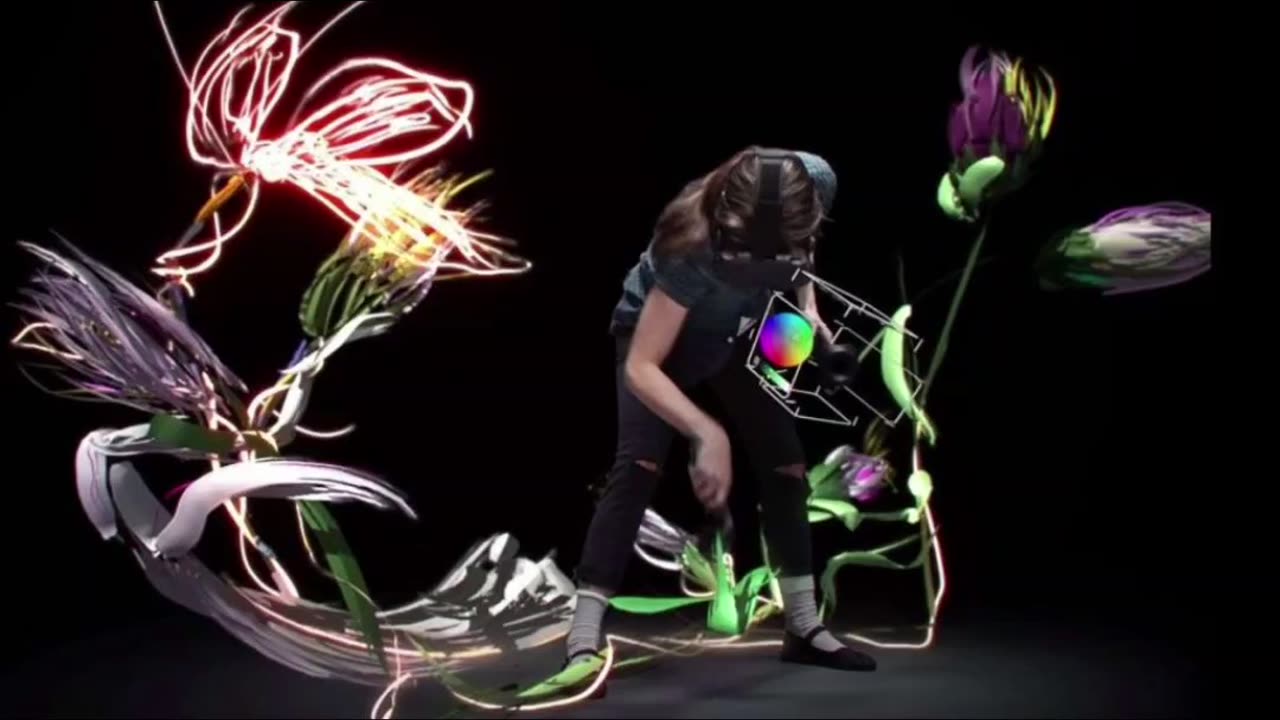Premium Only Content

VR Art: The Future of Engagement or Just Fancy Headset Hype?
#VRArt #DigitalCulture #ImmersiveExperience #ArtTech #FutureOfArt #MuseumMakeover #VirtualRealityFails #CreativeRant #SarcasticEssay #TechVsTaste
VR art installations are the shiny, headset-wielding answer to every curator who ever sighed, “How do we get people off their phones?” They promise immersion, interactivity, and that satisfying illusion that art can now be touched without getting yelled at by a docent. The technology lets viewers step inside a painting, argue with a sculpture, or accidentally walk through a 3D poem while trying to find the exit. This is engagement upgraded from polite nods to full-body commitment.
The charm of VR is its obvious hook: novelty. Humans still flock to things that feel new even when the novelty has roughly the same nutritional value as cotton candy. A VR installation turns passive looking into exploratory play, and people love play because it excuses bad posture, loud exclamations, and posting selfies with dramatic lighting. Museums can advertise “experience” instead of “observe,” which is a marketing pivot so deliciously earnest it should have a soundtrack.
That said, VR’s engagement is sometimes engagement in name only. You can be inside a hyper-real simulated apocalypse and still scroll through your phone in the lobby because social attention is remarkably stubborn. Technical glitches, nausea, and the eternal issue of one headset per person mean a lot of queued-up enthusiasm that thins out into noisy bafflement. True engagement requires meaning, not just motion tracking and a soundtrack that swells every 12 seconds.
Accessibility and authenticity are the invisible colossi standing in VR’s path to universal glory. High costs, hardware limitations, and the sensory lockout for people with certain disabilities make VR a boutique experience rather than a civic one. When art becomes a private, costly spectacle, it risks trading communal conversation for curated fandom. The future of engagement should widen the circle, not erect velvet ropes that glow in neon.
Realistically, VR art installations will be a major strand in the future of engagement but not the whole tapestry. They will shine at blockbuster shows, educational labs, and experimental pieces that demand embodiment, while simpler, low-tech experiences will keep doing the quiet, stubborn work of connecting people. The smartest arts organizations will use VR like seasoning: sparingly, strategically, and always with an option for those who prefer to taste the soup without donning a headset.
-
 LIVE
LIVE
tminnzy
2 hours agoBLACK OPS 7 MULTIPLAYER ROAD TO MASTER PRESTIGE
143 watching -
 47:10
47:10
The Rubin Report
7 hours agoWhat Really Happened on ‘The View’ & ‘Curb Your Enthusiasm’ | Cheryl Hines
177K43 -
 3:08:37
3:08:37
LumpyPotatoX2
6 hours agoWhere Winds Meet: New Level Cap + Rumble Wallet - #RumbleGaming
30.8K1 -
 3:46:45
3:46:45
SOLTEKGG
4 hours ago🔴LIVE - Battlefield 6 - Going Pro in RED SEC
27.7K -
 11:37
11:37
tactical_rifleman
2 days agoRare Breed BEATS THE ATF | FRT-15 | Tactical RIfleman
72.3K24 -
 2:51:46
2:51:46
Pepkilla
4 hours agoMore GOLD Camo's PLEASE Grind Call Of Black Ops 7
18K2 -
 1:35:54
1:35:54
LexTronic
4 hours ago $0.91 earnedMetroid Prime Remastered
12K4 -
 12:32
12:32
MetatronGaming
19 hours agoBLIGHT looks AMAZING - Trailer Reaction
35.5K13 -
 4:16:08
4:16:08
ProRedmanX
4 hours ago $1.09 earnedSunday Morning Coffee & Chaos ☕ | PUBG -> BF6 -> ??? #goonsquad
12.3K -
 5:23
5:23
Memology 101
22 days ago $19.57 earnedReporter HUMILIATES Kamala Harris over "WORLD-CLASS" dodge during interview
33.4K56